Toshiba's entries into the ultrabook market, the Portege Z830 series, falls on the less expensive end of the spectrum. The internals of our test model, the Z835, are robust and we had no issues with its performance. But the exterior feels cheap, and the keyboard and trackpad gets uncomfortable to use during long sessions. It's not bad for the price, but its various shortcomings will grate on you beyond light-to-medium use.
Unlike the fancier Asus Zenbook, the Portege has a brushed aluminum cover and palmrests, but the underside, keyboard keys, trackpad and bezel are plastic. This helps keep it light, obviously, but the notebook does have a cheap feel to it, and doesn't look all that great. It stands 0.63 inches high and weighs just under 2.5 pounds, which is admirable for a 13-inch notebook.
The Portege has a a ton of ports: 2 USB 2.0 ports on the back and one USB 3.0 on the right side, Ethernet, HDMI, VGA, audio in, audio out, and an SD card slot. Most other ultrabooks on our radar don't have nearly this much flexibility.



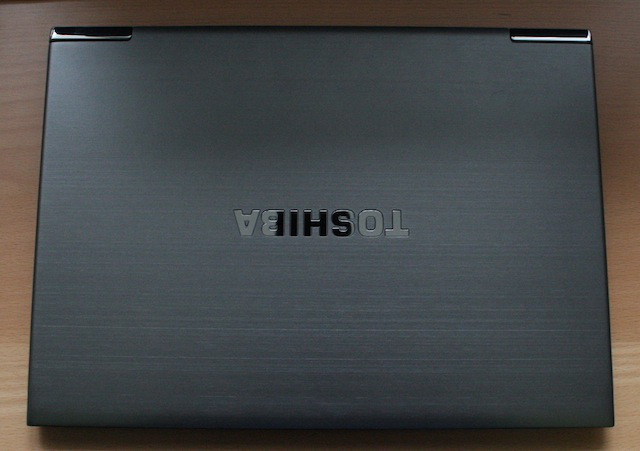
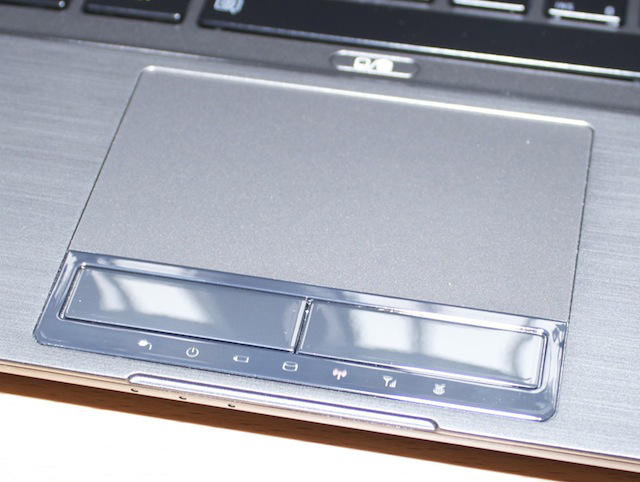
Following the fairly cheap build quality, the monitor on the notebook we tested was wobbly on its hinge. I actually got sick in a couple of instances using the computer in my lap for a few hours, because the monitor jiggled back and forth as I typed. This isn't a problem when typing on a flat stable surface, but if you'll be taking your computer into bumpier environments (planes, cars) you'll definitely find yourself a victim of the disorienting monitor wobble. If you want to experience the wobble and have developed your sea legs, simply adjust the monitor. It will wobble for a solid ten seconds afterward.
The super-bright LED display in the Z835 has a resolution of 1366x768, with no noticeable color unevenness from top to bottom. The screen's lowest level of brightness is not dim at all. As for viewing angles, the display gets noticeably dimmer when turned more than 45 degrees or so to the left or right, so it's not ideal for group viewing. Colors on the screen are not very vibrant, regardless of how high the brightness is.
Playing music through the Z835's speaker gets you some scratchy, tinny background noises at the loudest volumes. The speaker doesn't get too loud, either, so again, not a computer for group activities.
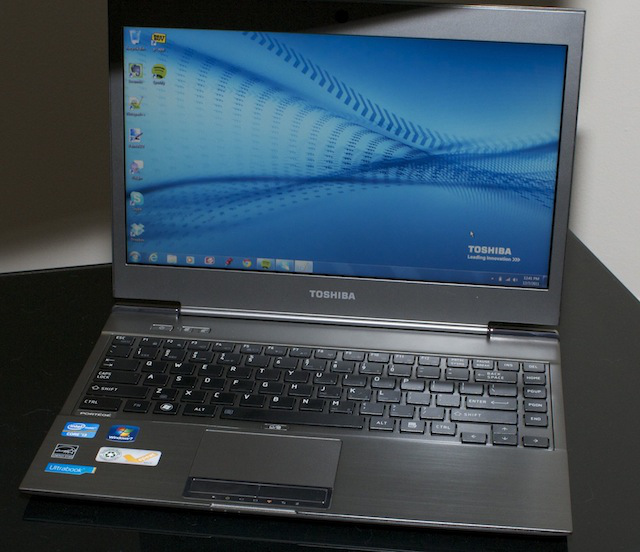
The keyboard keys on the Z835 are some of the mushiest-feeling I've encountered on a laptop. Striking keys the way I do on a mechanical or springier scissor-switch keyboard gets tiring after a while, but gliding your fingers over and between the keys like you might do on a cell phone keyboard is much more comfortable. This can only be done because ultrabook keyboards, like cell phone keyboards, are so low profile to begin with, and the Z835's keys are rounded a little at the edges. Despite that, the Z835 seems to be pushing the quality limits of an ultrabook, it does have one great luxury feature: backlighting for the keyboard. The backlight can be turned on or off, but can't be adjusted for brightness (the default setting isn't overwhelmingly bright, so that's not a big deal).
There are dedicated delete, home, page up, page down, and end keys along the right-hand side of the Z835's keyboard, which could be convenient for some users—normally those keys are often relegated to secondary functions. Above the keyboard is the power button and two dedicated buttons for an "eco" power use mode and a button to transition your desktop from the computer to an external display.

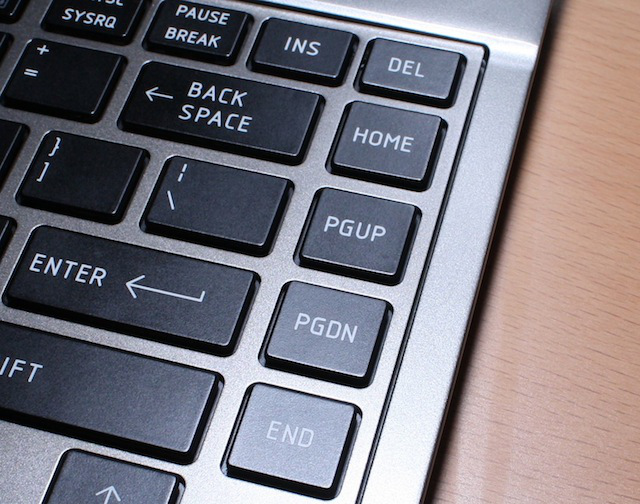

The trackpad on the Portege works well and is very accurate, and unlike the Zenbook, does not attempt multitouch gesturing. On the downside, the buttons are stiff, so they become painful to use after more than a few clicks. I stuck to tap-to-clicking on the trackpad itself as much as possible, dreading the moments when I would have to click-and-drag an object or scroll bar.
With a 1.4GHz Core i3-2367M processor, integrated Intel graphics, and 4GB of memory, the Z835 is not much of a performance machine. We ran Geekbench 2.2 just for kicks, since there's no way it could reach the performance levels of the Core i7 Asus Zenbook or MacBook Air . It performed admirably enough, scoring in the neighborhood of 3200 (Asus's Zenbook and the MacBook Air score around 5500-6000).
In regular use, I had no issues with performance—Internet browsing, application handling, and image editing all went smoothly. Even with 15 or more tabs open in the browser, I saw barely a hiccup.
The Portege ultrabooks come with a reasonably small and light AC charger that breaks apart into two pieces at the power brick. The eight-cell battery it charges is non-user-replaceable, and can provide over eight hours of power according the Toshiba's documentation. In my experience, the Z835's battery was very robust: during my workday of e-mailing, writing, and doing some image editing with an obscene number of Chrome tabs open, I got well over seven hours. The brightness was cranked down to less than half, but as we noted, even the lowest brightness level on the Z835 is still quite bright.

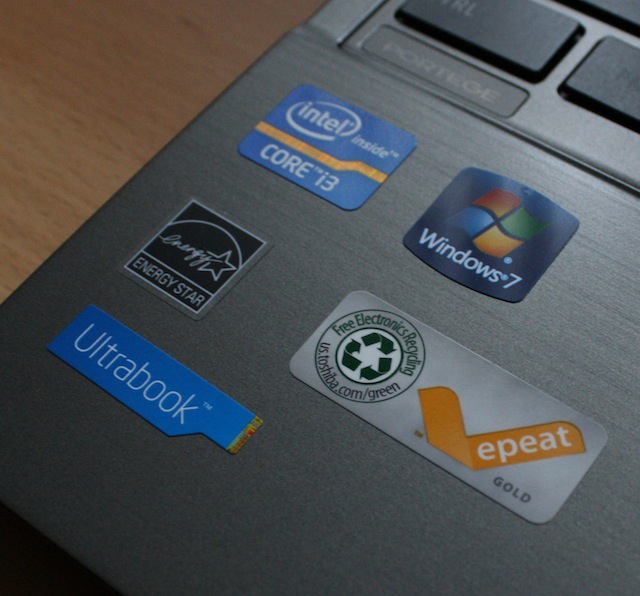
| Spec | 13-inch Portege base model (Z835-P330)(reviewed) | Highest-end 13-inch Portege model (Z830-S8302) |
|---|---|---|
| Processor | 1.4 GHz Intel Core i3-2367M | 1.8GHz Intel® Core™ i7 2677M |
| RAM | 4GB | 6GB |
| Storage | 128GB SSD | 128GB SSD |
| Graphics | Intel HD Graphics | Intel HD Graphics |
| Screen resolution | 1366x768 | 1366x768 |
| Battery | 8 hours 17 minutes | 8 hours 17 minutes |
| Price | $929 | $1,429 |
In using the Z835, the only thing that noticeably slows me down is the stiff trackpad buttons. Having tap-to-click on mitigates that somewhat, but it's still the most grating part of the computer. Likewise, the monitor flapping in the breeze when on an unstable surface and the mediocre keyboard put the middling build quality front and center. What's worse, monitor hinges only get looser, and keyboards only get mushier-feeling.
That said, the Z835 is priced at $929, cheaper than the cheapest MacBook Air. It has a bigger screen, larger 128GB solid-state drive, and more memory, though a lesser processor. The lower-quality parts of the model's build will be much more easily overlooked by infrequent users than those who use their notebooks for extended work sessions or use them as their main computers. We definitely wouldn't tolerate it in the higher-end Core i7 Portege ultrabooks, and would be more inclined to take what we can get with the lower-end models.
Good
- Very light and thin, especially for a 13-inch model
- Reasonable price for the level of performance
- Excellent battery life
- Large selection of ports. Plug in all the things!
Bad
- Keyboard requires a paradigm shift to type on
- Hinge is not tight enough, monitor wobbled around when in unstable environments like laps, planes, trains, and automobiles
Ugly
- The entire computer is cheap-feeling plastic
- The trackpad, while entirely functional, has stiff buttons that strain your fingers
reader comments
61